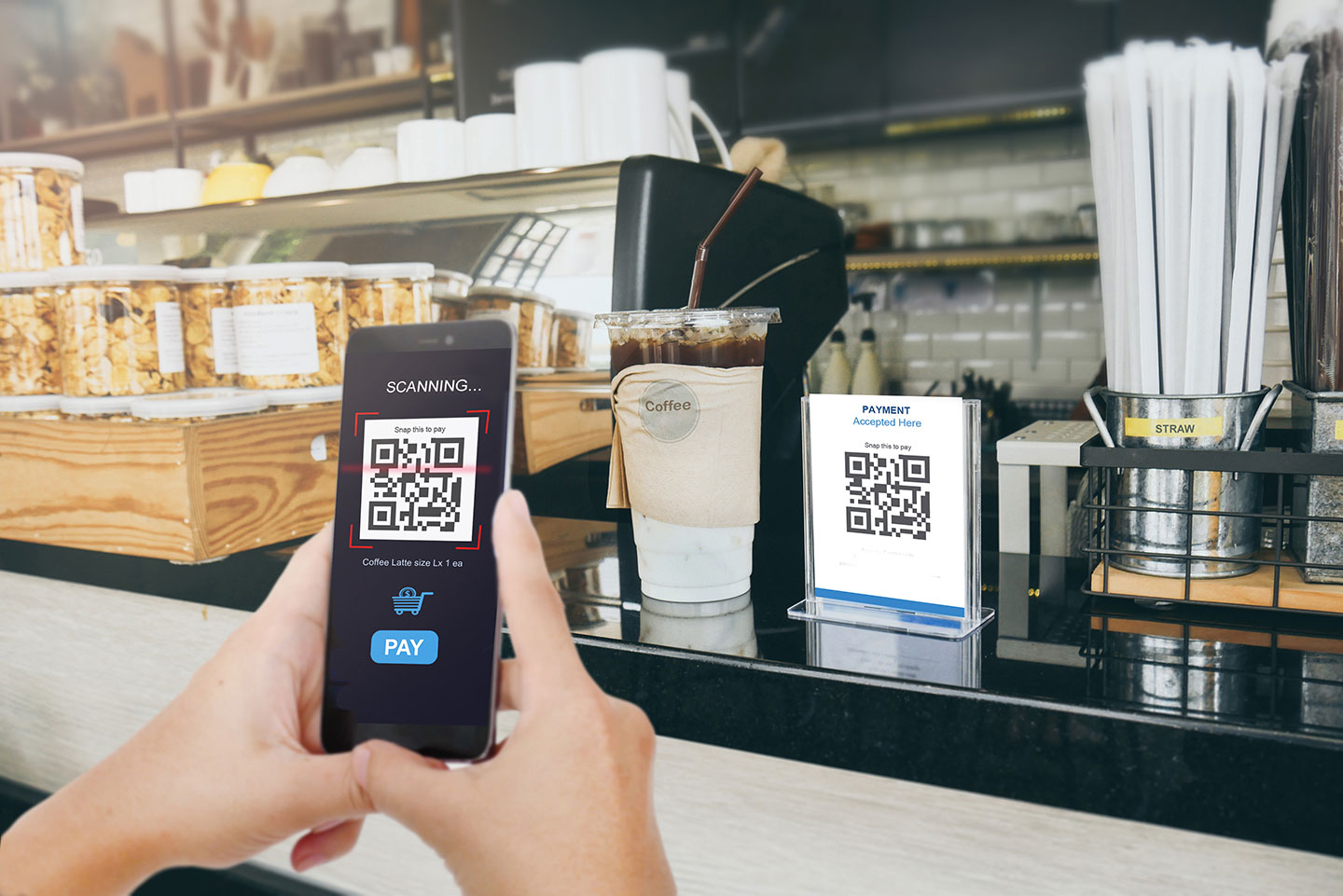After a challenging 2020, the F&B sector is poised for a strong 2021. To say that 2020 was challenging is an understatement. For example, F&B sales dropped by around 20 per cent in February and March and then dropped by over 50 per cent during the Circuit Breaker. The combination of closed borders (and hence no tourists) and the ban on dine-in business during the Circuit Breaker were extremely difficult for industry players. For example, a survey conducted by Chope in May 2020, found that 42 per cent of restauranteurs surveyed said that they would not be able to operate for more than 2 months, 11 per cent had retrenched staff and about 42 per cent had also instituted pay cuts.
Four trends will affect the rebound of the F&B sector in 2021: (1) the growth of delivery and the associated rise in cloud kitchens (2) the strengthening of hawker culture, (3) strong demand and (4) the increased adoption of technology.
The Growth of Delivery
As a result of the Circuit Breaker, many restaurants expanded or started delivery and takeaway. As the Chope survey found, 42 per cent of respondents offered delivery for the first time during the Circuit Breaker. While delivery and takeaway helped to ease the pain, the associated cost of delivery (typically about 20-30 per cent) erodes a restaurant’s already slim profit margin.
While the Circuit Breaker accelerated the growth of delivery and takeaway (defined as off-premise dining), the move towards off-premise dining had already begun. For example, a 2020 study done by Statista showed that delivery revenue grew by nearly 30 per cent in 2018 and 2019, was projected to grow by 36 per cent in 2020 (adjusted for COVID-19) and 12–16 per cent in 2021 and 2022.
Lest you think that delivery is a short-term phenomenon here in Singapore, let’s take a look at monthly F&B sales data from SingStat . While it is true that online sales increased dramatically during the Circuit Breaker, let’s compare online sales in 2020 to those of 2019. Even before the Circuit Breaker, online sales had shown year-over-year (YoY) growth of 40 – 45 per cent. During the Circuit Breaker, the growth more than doubled and grew by around 50 per cent in August – November 2020.
Contrast that with the growth of non-online F&B sales. While non-online sales increased by about 10 per cent in January 2020, they steadily fell during the Circuit Breaker (not surprising because of the lack of tourists and the ban on dining), but was still down by approximately 40 per cent until October 2020.
In two of the consumer studies I did on restaurant delivery in Singapore, over half of respondents had ordered delivery at least once a week before the Circuit Breaker. That percentage increased to over 65 per cent after the Circuit Breaker. A recent Customer Satisfaction Index of Singapore (CSISG) on the F&B industry found a similar trend.
The Profit Issues: The biggest challenge with delivery for restaurants is the associated cost. As mentioned above, the typical 20-30 per cent commission erodes their already slim profit margin. Restaurant operators have several options to address this issue: (1) increase prices for delivery items, (2) charge a delivery fee, (3) reduce their cost or (4) take control over their own distribution.
In both my February and July studies, Singaporean consumers were accepting of higher menu prices for delivery and reasonable delivery fees. While this is promising for the restaurant industry, these by themselves are not sufficient for addressing the shortfall in profit caused by the commission.
Another promising trend that has emerged is the growth of cloud kitchens. Cloud kitchens can take many forms ranging from proprietary ones such as Kitch by Les Amis and SaladStop! cloud kitchen, to those operated by Delivery Service Providers such as GrabKitchen and Deliveroo Editions and larger operators such as Smart City Kitchens and TiffinLabs. Cloud kitchens can help restaurants reduce their costs, streamline their production and in the case of virtual brands, open new markets. While restaurants would still be subject to the 20-30 per cent delivery commission, the impact of cloud kitchens on their cost structure can help increase profitability.
While many restaurants would prefer to NOT use the delivery service providers because of their associated cost and instead do their own distribution and delivery, the costs and complexities associated with developing a delivery network are daunting except for the largest players. In addition, the perennial labour shortage in Singapore makes this all the more challenging.
Strengthening of Hawker Culture
Hawker culture in Singapore is central to our identity. Food plays an incredibly large role in multi-cultural Singapore and helps bring people together. The recent UNESCO Cultural Heritage Award recognises this and ensures that Singapore will continue to protect and support hawker culture.
Hawker centres provide reasonably priced and good food in a community enhancing environment. But, hawker centres face a number of challenges including aging hawkers and barriers to profitability. The government has undertaken various initiatives to enhance hawker culture including mentoring, digital ambassadors, productivity investments and incentives to adopt labour-saving technologies.
The UNESCO award will further strengthen the spotlight on hawker culture as the government seeks to provide additional ways of preserving and enhancing hawker culture. For example, the SG HawkerFest held from 26 December through 11 January highlighted hawker culture and gave Singaporeans a chance to show their appreciation for hawkers and hawker centres. The Hawker Success Scheme helps hawkers develop succession plans and pass their expertise on to young hawkers and the digitalisation initiatives help hawkers streamline their businesses while also increasing customer convenience.
Strong Demand
Given that Singapore borders are mostly closed for the foreseeable future, Singaporeans can’t satisfy their travel itch and are instead focusing on rediscovering Singapore. More than 300,000 Singaporeans have spent their vouchers since 1 Dec and bookings have accounted for nearly $36 million in vouchers and payments. Singaporeans have also been rediscovering another part of Singapore—the restaurants!
Since people cannot travel, many consumers have additional disposable income to spend. Some are using this for more staycations and some are going out for dinner more frequently.
Given that typically about 25 per cent of F&B revenue comes from visitors, border restrictions have essentially eliminated 25 per cent of possible revenue. This combined with the closure of dine-in business during the Circuit Breaker made 2020 a challenging year for F&B operators.
Things started looking up during the last few months of 2020. Dine-in F&B business is still down by 23 – 24 per cent compared to 2019, but this is not surprising given the lack of tourists and the pandemic-related safe distancing requirements. F&B established a strong December 2020 and according to Chope, reservations in December 2020 were 41 per cent higher than in 2019. While not all restaurants have seen an uptick in demand, particularly those located in the CBD that cater to the lunch crowd, even restaurants that do not take reservations report a very strong December 2020.
As long as border restrictions continue, I expect restaurants will continue to experience very strong demand.
Increased Adoption of Technology
COVID-19 has accelerated the adoption and acceptance of technology in many industries including the F&B industry. The combination of the labour shortage associated with border restrictions, the consumer desire for a more contactless experience, growing customer acceptance of technology and strong government support have all contributed to this trend.
Whether it be the digitalisation of hawker centres, improved kitchen technology, QR code menus or delivery enhancements, both the restaurateurs and their consumers have begun to embrace restaurant technology. This trend had already begun, but the pandemic accelerated the pace of technology adoption. I predict that technology adoption will continue to grow during 2021.
What’s in store for 2021
After a rather gloomy 2020, I predict that 2021 will be a much brighter year for the Singapore F&B industry. Delivery and cloud kitchens will continue to grow and restaurant operators will need the best way to navigate this new reality. The border restrictions and distancing requirements resulting from the pandemic have been challenging, but restaurants are experiencing strong demand from local residents. The UNESCO award will help raise the stature of hawker culture. Technology adoption by F&B players had already begun, but the pandemic has accelerated the pace of adoption. I expect that this pace will quicken during the coming year. Overall, I think 2021 will be a very good year for the Singapore F&B industry.





